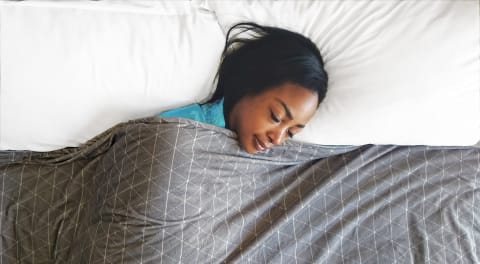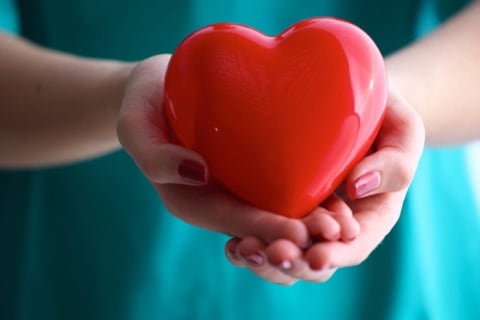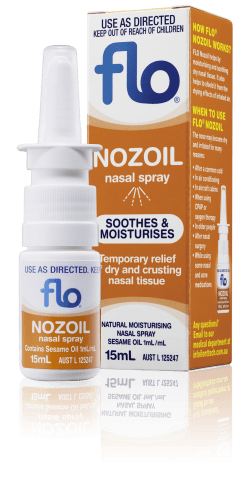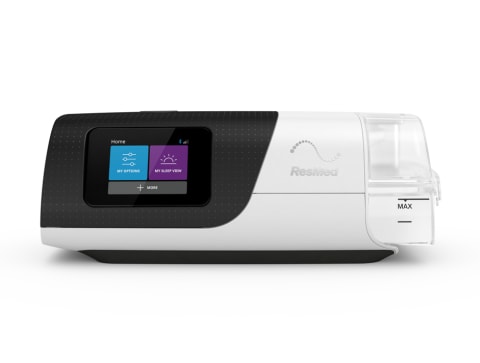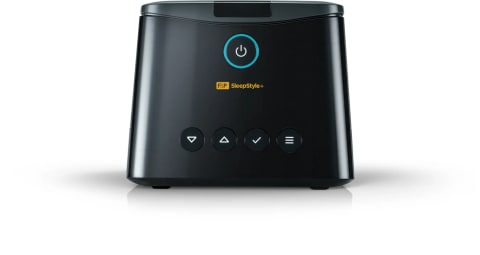CPAP and BiPAP
Understanding CPAP vs BiPAP: Which Machine is Right for You?
If you’ve recently been diagnosed with sleep apnea or another respiratory condition, your doctor may have recommended either a CPAP or a BiPAP machinee. But what’s the difference between them — and how do you know which one is right for your needs?
Both devices are designed to support breathing during sleep, but they work in slightly different ways. At Sove, we understand that choosing a machine can be overwhelming, especially if you’re new to therapy. That’s why we’re here to guide you through the features, benefits, and considerations of both options, so you can feel confident in your treatment choice.
On this page, we’ll unpack the key differences between CPAP and BiPAP machines, explore when one may be more appropriate than the other, and explain why ongoing support and flexible options matter just as much as the device itself.
The Difference Between CPAP and BiPAP Machines
While both CPAP (Continuous Positive Airway Pressure) and BiPAP (Bilevel Positive Airway Pressure) machines deliver pressurised air through a mask to keep the airway open, they do so in different ways.
CPAP machines deliver a single, continuous level of air pressure throughout the night. This pressure prevents airway collapse and is highly effective for treating obstructive sleep apnoea (OSA). CPAP is typically the first-line treatment and is suitable for most patients with mild to moderate OSA.
Many patients find CPAP relatively easy to use once they become accustomed to the airflow and mask fit. Modern CPAP devices are designed with user comfort in mind, featuring humidifiers, ramp-up settings, and quiet motors to help you ease into sleep without discomfort. CPAP machines are also generally smaller, quieter, and more affordable than BiPAP alternatives, which makes them an accessible starting point for many patients.
BiPAP (Bi-level Positive Airway Pressure) delivers two pressure levels: a higher pressure when you inhale (IPAP) and a lower pressure when you exhale (EPAP). In other words, BiPAP machines switch between two settings – one for breathing in and one for breathing outsleepfoundation.org. This makes breathing out more comfortable, since you’re not pushing out against a single high pressure. A BiPAP unit looks much like a CPAP, but under the hood it can be set to automatically alternate pressures as you breathe.
BiPAP provides two pressure levels (IPAP on inhale and a lower EPAP on exhale), easing breathing. BiPAP is often prescribed when CPAP isn’t tolerated or sufficient.
This pressure variation can make breathing feel more natural and is particularly helpful for:
- Patients with high pressure requirements (usually above 15 cm H₂O)
- Those who experience discomfort exhaling against CPAP pressure
- People with central sleep apnea, complex sleep apnea, or certain respiratory conditions like COPD
Some BiPAP machines also include a backup respiratory rate, which is useful for patients who experience breathing pauses not triggered by airway obstruction.
In short: CPAP keeps the airway open with a steady pressure. BiPAP provides more breathing support by adjusting to your inhale and exhale.
 ResMed Lumis 150 VPAP ST-A 4G with Built-in Wireless Connectivity, ...
ResMed Lumis 150 VPAP ST-A 4G with Built-in Wireless Connectivity, ...
 ResMed Lumis 150 VPAP ST with Built-in Wireless Connectivity, Humid...
ResMed Lumis 150 VPAP ST with Built-in Wireless Connectivity, Humid...
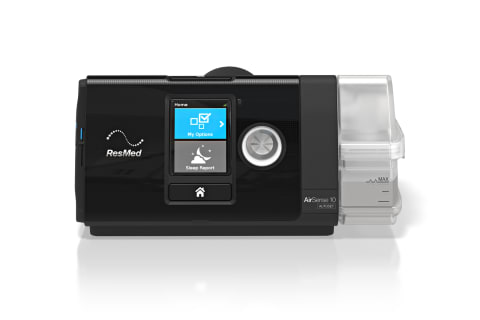 Further $50 Off with code "XMAS50"
ResMed AirSense 10 AutoSet 4G CPAP Machine
Further $50 Off with code "XMAS50"
ResMed AirSense 10 AutoSet 4G CPAP Machine
 Philips Respironics DreamStation Auto CPAP Machine with Humidifier
Philips Respironics DreamStation Auto CPAP Machine with Humidifier
Choosing the Right Type of CPAP Machine
Choosing between CPAP and BiPAP isn’t just about the machine specs — it’s about matching your clinical diagnosis, comfort needs, and lifestyle to the right therapy.
For many patients, CPAP is more than sufficient, especially when paired with the right mask and accessories. But if you’re experiencing significant discomfort, struggling with therapy adherence, or have a more complex sleep-disordered breathing condition, BiPAP may offer a more customised approach.
At Sove, our CPAP Consultants and Respiratory and Sleep Physicians can also help identify whether features like auto-adjusting pressure, humidification, or event detection will benefit your therapy and how they differ between machine types.
Other Considerations
Deciding between CPAP and BiPAP should be done with a respiratory or sleep specialist. They will consider:
- Sleep study results: Your required pressure levels (measured in cm H₂O) from the CPAP titration study. Very high pressures or complex breathing patterns might steer toward BiPAP.
- Type of apnea: If you have mainly obstructive apneas, CPAP is usually tried first. If you have significant central apnea or mixed apnea, BiPAP or an adaptive servo-ventilator may be needed.
- Personal tolerance: If you tried CPAP and still gasp, feel fatigued, or can’t handle the breath, BiPAP might be a better fit.
- Lifestyle and budget: CPAP machines generally cost less, and simpler machines can be very user-friendly. BiPAPs have more settings (which can be great but also means a steeper learning curve). In Australia, machines are only sold with a valid prescription – you can’t just buy them over the counter.
If you’re deciding between CPAP and BiPAP, a rental period can help you experience the comfort differences firsthand, especially if you’re trying to determine whether the dual-pressure support of a BiPAP machine makes therapy more manageable for you.
ALWAYS FOLLOW THE DIRECTIONS FOR USE. CPAP is used for Obstructive Sleep Apnoea treatment. When considering whether a sleep study or CPAP is right for you, speak to your doctor. Medicare criteria and T&Cs apply.
Frequently Asked Questions
Why is CPAP often the first choice for sleep apnea treatment?
CPAP (Continuous Positive Airway Pressure) therapy is widely regarded as the gold standard for treating obstructive sleep apnea (OSA), particularly in its mild to moderate forms. One of the main reasons CPAP is so often recommended as a first-line treatment is because of its simplicity and proven effectiveness. By delivering a continuous, steady stream of air pressure through a mask while you sleep, CPAP machines keep your upper airway from collapsing, thereby preventing the breathing interruptions that characterise OSA.
When prescribed with the appropriate pressure settings and combined with a comfortable, well-fitted mask, CPAP therapy can lead to dramatic improvements in sleep quality, daytime energy, and overall well-being.
When might BiPAP be more beneficial than CPAP?
BiPAP (Bilevel Positive Airway Pressure) machines are designed to offer a more personalised breathing experience by delivering two distinct pressure settings: a higher one for inhalation (IPAP) and a lower one for exhalation (EPAP). This distinction makes BiPAP particularly beneficial for people who struggle to exhale comfortably against the constant pressure delivered by a standard CPAP machine.
BiPAP is often recommended when CPAP therapy has proven inadequate or intolerable. For instance, if a patient requires very high pressures to prevent apnoeas, the strain of exhaling against that high pressure can become a barrier to compliance. In such cases, BiPAP’s dual-pressure system reduces the work of breathing, which can significantly enhance comfort.
With its advanced pressure settings and greater customisability, BiPAP can offer a better quality of sleep for patients with more demanding respiratory needs or for those who were unable to adjust to standard CPAP therapy.
How does BiPAP assist in removing carbon dioxide (CO₂) from the body?
The key to this lies in the machine’s ability to provide two pressure levels: the higher IPAP assists in deeper, more effective inhalation, while the lower EPAP makes exhalation easier and less taxing.
This difference in pressure helps to expand the lungs more fully during each breath, facilitating a more complete exchange of gases in the alveoli (the tiny air sacs in the lungs where oxygen and carbon dioxide are exchanged). By improving the depth and quality of each breath, BiPAP helps to ensure that more carbon dioxide is expelled with every exhalation.
Can I use a BiPAP machine without a humidifier?
Yes, you can use a BiPAP machine without its humidifier, and in some circumstances, it may be practical or even necessary to do so. For example, if you’re travelling and don’t have access to distilled water, or if you’re trying to minimise your equipment for convenience, the humidifier component can be detached or turned off.
If you’re unsure whether you’ll need a humidifier, it’s a good idea to trial your BiPAP both with and without it. Most machines allow for easy toggling between modes, and your Sove CPAP consultant can help you decide based on your comfort preferences and environmental factors.
What should I consider when traveling with a BiPAP machine?
Travelling with a BiPAP machine is more feasible than ever thanks to compact designs, travel accessories, and widespread airline acceptance of PAP devices as medical equipment. Still, a bit of planning goes a long way toward ensuring a smooth journey.
For international travel, consider a universal power adapter or voltage converter, and if you’re visiting a location without reliable power, a portable battery pack may be essential. Some machines are compatible with FAA-approved battery packs designed specifically for PAP therapy.
Also, remember to bring a copy of your prescription and any relevant documentation. This can come in handy at customs or if you need to replace parts while abroad. If you’re unsure about packing or prepping your machine, our team at Sove can help you choose the right accessories and travel tips tailored to your device.
Which device is easier to use: CPAP or BiPAP?
For most new users, CPAP machines are the easier option. Their streamlined design, fewer settings, and typically quieter operation make them user-friendly and accessible, especially if you’re just beginning your journey with sleep therapy. CPAP’s “set-and-forget” nature makes nightly use straightforward, provided the pressure setting is correct and your mask is comfortable.
BiPAP machines, by comparison, offer more features and settings, including the ability to fine-tune the inhale and exhale pressures independently. This means they require more initial setup and may take slightly longer to get used to. However, many patients who transition to BiPAP after struggling with CPAP report that the added complexity pays off in the form of improved comfort and sleep quality.




